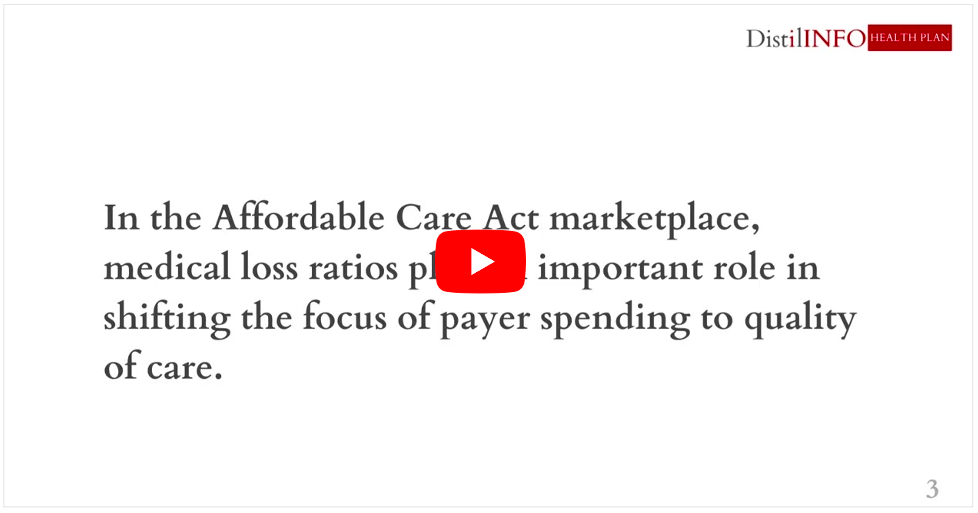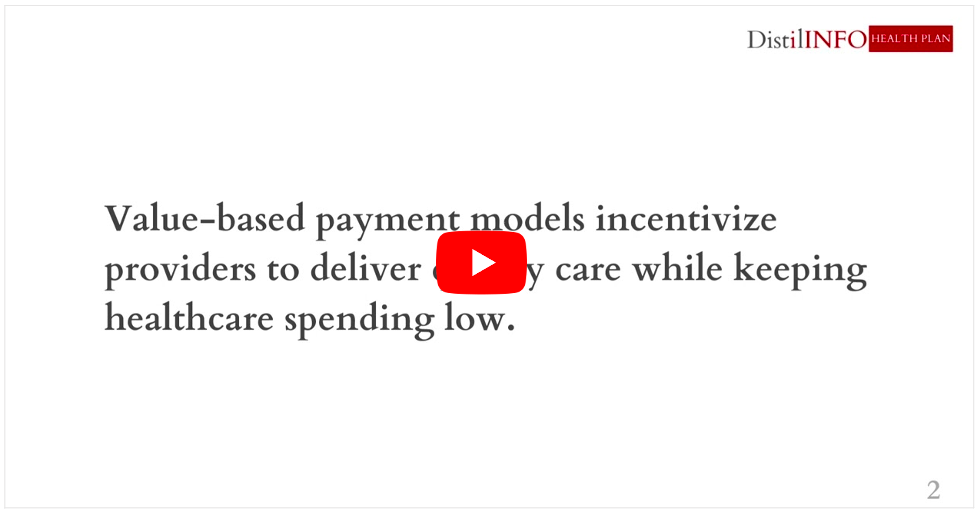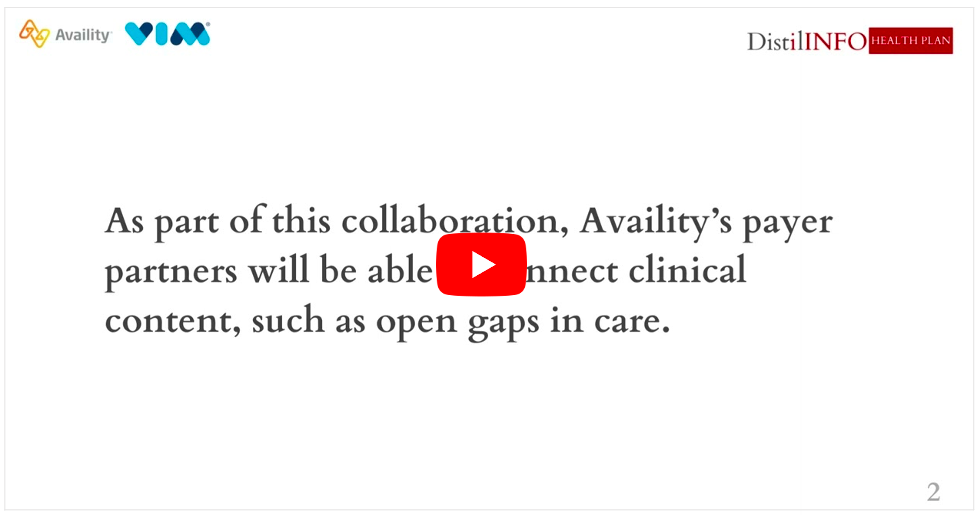States have four main tools at their disposal for managing risk in Medicaid managed care organizations, according to a MACPAC issue brief.
Medicaid managed care organizations are reimbursed in a capitated manner, meaning they receive a fixed payment on a regular basis for a defined population. Actuaries determine the capitation rate based on projected beneficiary healthcare costs, plan administration expenditures, and other spending items.
“States seek to develop payment rates that are adequate but also efficient,” the issue brief explained. “From a state perspective, these should approximate actual contract costs, as the state does not want to overpay and risk excessive MCO profits or underpay and risk an MCO being unable to provide services to enrollees.”
Meanwhile, managed care organizations seek rates that will not only cover expenditures but will also result in some profit.
In both cases, the number of risk states and managed care organizations has to juggle can shift significantly based on Medicaid beneficiaries’ needs.
The issue brief recommended four tools for managing risk in Medicaid managed care, capitated payment models.
First, states may implement medical loss ratios and profit caps. In the Affordable Care Act marketplace, medical loss ratios play an important role in shifting the focus of payer spending to quality of care. In Medicaid, states can use medical loss ratios to help set managed care rates.
Profit caps may allow managed care organizations to keep some of their profits, but any income beyond that amount must return to the state.
Profit caps present a similar solution to medical loss ratios—they prevent managed care organizations from using excess state funds as profits or administrative funds. States do not include administrative spending as part of the profit, but they can place a cap on the use of state funds for administrative purposes as well.
Risk corridors are the second-way states can manage risk in Medicaid-managed care contracts. The state is not the only entity to receive savings with this tool—the managed care organization and the state share in the savings and losses.
Experts considered risk corridors a useful tool as payers compensated for coronavirus-related uncertainties during the pandemic.
Third, states can use risk adjustment and acuity adjustment to manage risk.
There are several ways states can approach risk adjustment, with the Chronic Illness and Disability Payment System (CDPS) being the most common model. Other forms of adjusting risk include ambulatory risk groups and Medicaid Rx systems, which can be combined with a CDPS or used alone.
However, many risk adjustment tools have limited capabilities in project costs. Plus, as states expand the group of beneficiaries that can receive managed care, risk adjustment models have to account for more factors.
Acuity adjustments can help project costs for new groups of beneficiaries or voluntary enrollment, situations that present much uncertainty for states.
Lastly, the issue brief noted that states could use withholds to manage risk in managed care settings, specifically performance risk. In this scenario, the state does not pay the managed care organization until the managed care organization fulfills specified quality measures.
The quality measures must be unique and revolve around demonstrated improvement or competitive excellence.
“There is no percentage limit on the amounts that can be withheld from the capitation, but states must demonstrate to CMS that, if a portion of a capitation rate is withheld because the MCO did not meet the targets, the capitation rate will still be actuarially sound (42 CFR 438.6(b)(3)),” the issue brief explained.
The issue brief noted that certain Medicaid requirements could impact rate setting for managed care organizations outside of these tools. Those requirements include in-lieu-of services, value-added services, pass-through payments, directed payments, and rate cell cross-subsidization.
Managing risk is crucial to supporting the managed care model. Separate research has revealed that these models may be worth supporting: Medicaid-managed care organizations have demonstrated improvements in patient outcomes and savings for certain challenging beneficiary populations.
Source: HealthPayer Intelligence



